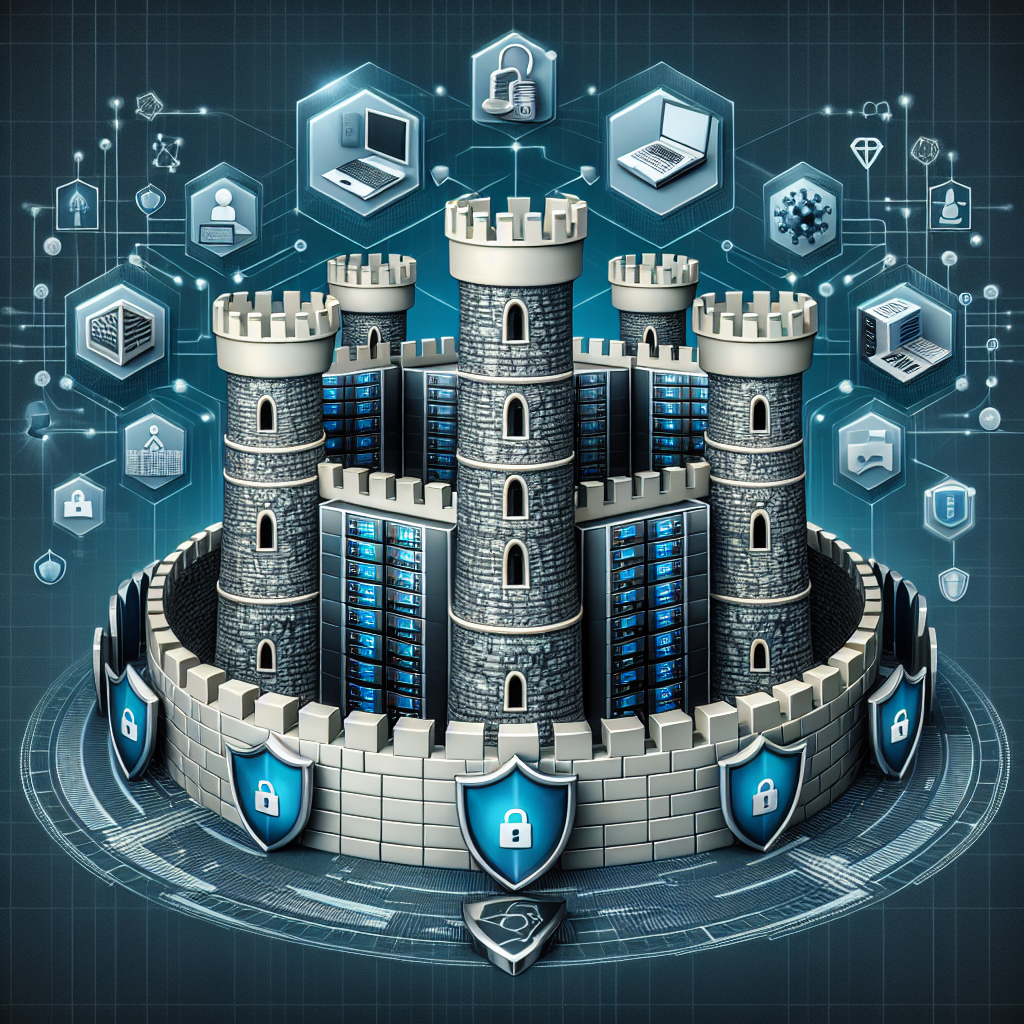Your cart is currently empty!
Securing Your Data Center: How to Maintain a Safe and Secure Environment

In today’s digital age, data centers play a crucial role in storing, processing, and managing vast amounts of information. With the increasing reliance on technology, ensuring the security and safety of data centers has become more important than ever. Data breaches and cyberattacks can have devastating consequences for businesses, leading to financial losses, reputational damage, and even legal repercussions. Therefore, it is essential for organizations to implement robust security measures to protect their data centers from potential threats.
One of the first steps in securing a data center is to establish physical security measures. This includes controlling access to the facility through the use of secure entry points, surveillance cameras, and access control systems. By limiting who can enter the data center, organizations can reduce the risk of unauthorized access or sabotage. Additionally, implementing biometric authentication or keycard systems can further enhance security by ensuring that only authorized personnel are allowed to enter sensitive areas.
In addition to physical security, organizations should also focus on securing their data center’s network infrastructure. This involves implementing firewalls, intrusion detection systems, and encryption protocols to protect data as it is transmitted across networks. Regularly updating and patching software and firmware can also help prevent vulnerabilities that could be exploited by hackers. Furthermore, organizations should consider implementing network segmentation to isolate critical assets and prevent the spread of malware or unauthorized access.
Another crucial aspect of data center security is data protection. Organizations should implement data encryption to safeguard sensitive information from unauthorized access. Regularly backing up data and storing it in secure offsite locations can also help mitigate the risk of data loss in the event of a breach or disaster. Additionally, organizations should establish data retention policies to ensure that data is only stored for as long as necessary and securely disposed of when no longer needed.
Furthermore, organizations should regularly conduct security audits and assessments to identify potential vulnerabilities and weaknesses in their data center’s security posture. By proactively addressing these issues, organizations can reduce the risk of security incidents and better protect their data assets. Additionally, providing ongoing security awareness training for employees can help reinforce best practices and ensure that everyone within the organization is aware of their role in maintaining a secure environment.
In conclusion, securing a data center requires a comprehensive approach that addresses physical security, network security, data protection, and ongoing monitoring and assessment. By implementing robust security measures and best practices, organizations can better protect their data assets from potential threats and ensure the safety and security of their data center environment. Ultimately, investing in data center security is essential for safeguarding sensitive information, maintaining customer trust, and mitigating the risk of costly security breaches.

Leave a Reply